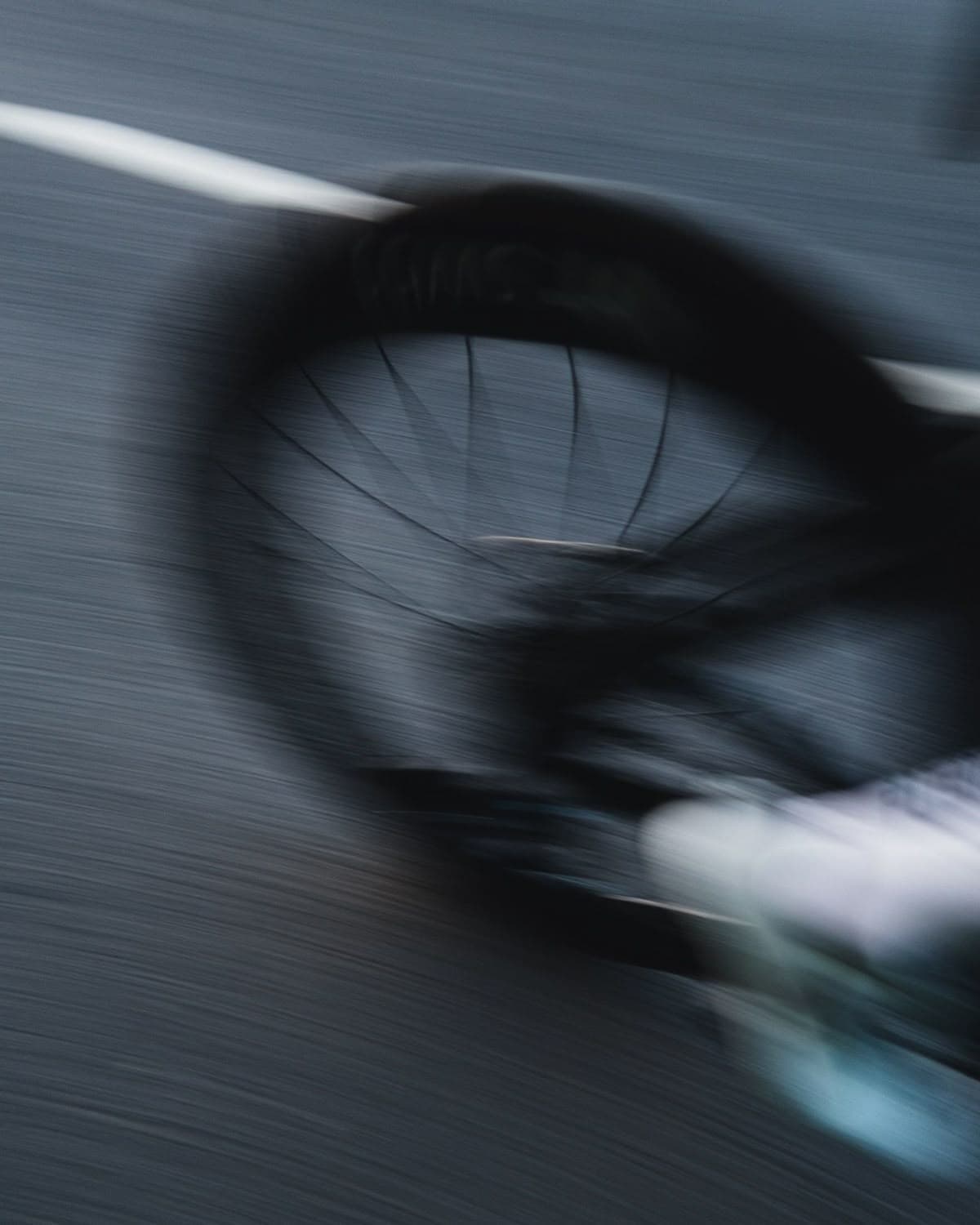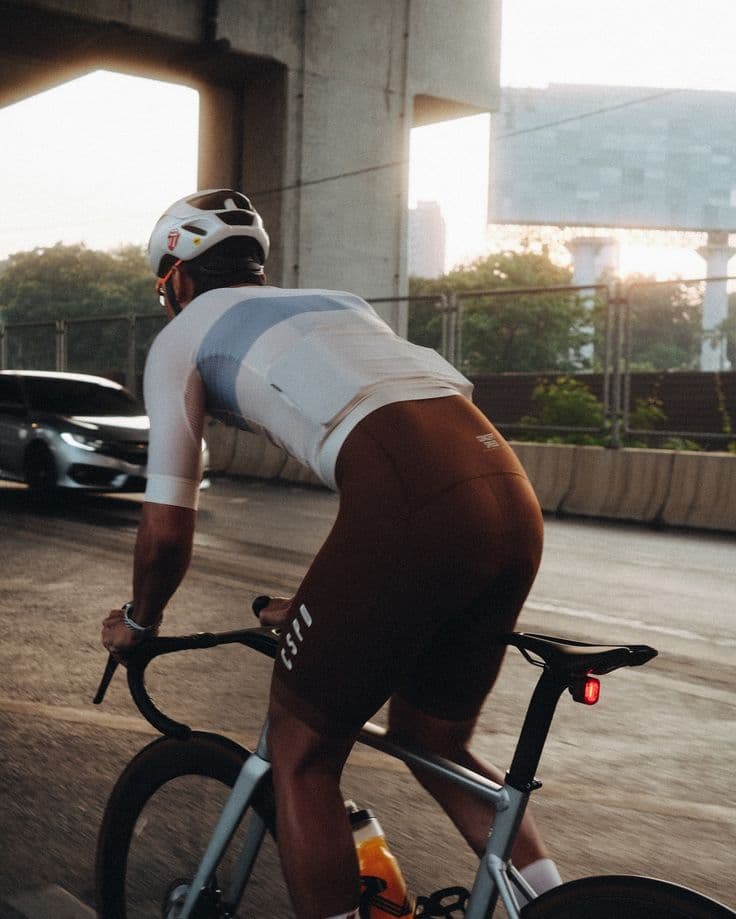Why Heat Makes Running Harder
Every 10°F increase in temperature raises your heart rate by 5-10 beats per minute at the same pace.
When it's hot, your body diverts blood to your skin for cooling, leaving less oxygen-rich blood for working muscles. The result? The same pace feels significantly harder.
Heat affects performance:
- 60-70°F: Ideal running temperature
- 70-80°F: Slight performance decrease (2-5%)
- 80-90°F: Moderate impact (5-10% slower)
- 90°F+: Significant impact (10-20% slower), heat illness risk
Bottom line: You'll need to slow down in hot weather—and that's completely normal.
When to Run in Summer
Best Times
Early morning (5-7am):
- Coolest temperature of the day
- Lower humidity (usually)
- Sun angle less intense
- Quieter roads
Evening (7-9pm):
- Second-coolest option
- Sun is setting (less direct exposure)
- Note: Pavement still holds heat from day
Worst time: Midday (11am-3pm) when sun and temperature peak
Consider Indoor Running
When it's too hot outside:
- Heat index over 95°F
- High humidity (over 70%)
- Air quality warnings
- You're not heat-acclimated
Treadmill benefits:
- Controlled temperature
- Consistent pace
- Safety
- No sun exposure
No shame in moving inside when conditions are dangerous.
Pace Adjustments for Heat
The Pace-Temperature Formula
For every 5°F above 60°F, slow down by 10-20 seconds per mile.
Example: Your normal easy pace is 9:00/mile at 60°F
- 70°F: Run 9:10-9:20/mile
- 80°F: Run 9:20-9:40/mile
- 90°F: Run 9:40-10:00/mile
- 95°F+: Consider skipping or moving indoors
Run by Effort, Not Pace
Ditch your GPS watch (or ignore the pace)
Use these effort indicators:
- Can you hold a conversation?
- What's your breathing like?
- How hard does it feel?
On hot days:
- Easy runs should still feel easy (even if pace is slower)
- Hard workouts may need to be adjusted or moved indoors
- Long runs should be significantly slower
Heat Acclimation Takes Time
Your body needs 10-14 days to adapt to heat.
Adaptations that occur:
- Increased sweat rate (better cooling)
- Earlier onset of sweating
- Reduced heart rate at given pace
- Better fluid retention
- Improved heat tolerance
How to acclimate safely:
- Start with shorter runs (20-30 min)
- Gradually increase duration
- Run at easy effort only
- Don't attempt hard workouts until week 2-3
If you live in a hot climate, you'll naturally acclimate. If traveling to heat, arrive early to adapt.
Hydration in the Heat
Drink More, Start Earlier
Hot weather hydration (see our full hydration guide):
Pre-run (2-4 hours before):
- 20-24 oz water (4-6 oz more than usual)
- Include sodium (salty breakfast, electrolyte drink)
During run:
- Under 30 min: Not necessary
- 30-60 min: 4-8 oz every 15 min
- Over 60 min: 6-10 oz every 15 min with electrolytes
Post-run:
- 20-24 oz per pound lost
- Continue sipping for 2-4 hours
Carry Water
For runs over 30 minutes in heat, bring fluids:
- Handheld bottle
- Hydration vest or belt
- Plan route with water fountains
- Stash bottles along route
Use Electrolytes
When it's hot, sweat more = lose more sodium.
Electrolyte sources:
- Sports drinks (Gatorade, Nuun, Tailwind)
- Salt tablets
- Electrolyte gels
- Salty snacks pre-run (pretzels, pickles)
Target: 300-600mg sodium per hour for runs over 60 minutes
Clothing and Gear for Hot Weather
What to Wear
Best fabrics:
- Lightweight, moisture-wicking synthetic
- Light colors (reflect heat)
- Loose-fitting (allows air circulation)
- Minimal coverage (singlet, short shorts)
Avoid:
- Cotton (holds sweat, feels heavy)
- Dark colors (absorb heat)
- Tight compression gear (traps heat)
Critical Accessories
Hat or visor:
- Keeps sun off face and scalp
- Choose light-colored, breathable fabric
- Visor allows heat to escape from head
Sunglasses:
- Protect eyes from UV
- Reduce squinting (and headaches)
- Polarized lenses reduce glare
Sunscreen:
- SPF 30+ water-resistant
- Apply 15-30 min before running
- Reapply if over 90 minutes
Cooling gear (optional):
- Cooling towel around neck
- Ice bandana
- Cooling vest (for pre-run)
Cooling Strategies
Before Your Run
Pre-cooling reduces core temperature:
- Cold shower or ice bath (5-10 min)
- Drink cold fluids (16-20 oz)
- Stay in air conditioning until last minute
- Wet hair and bandana
During Your Run
Cool yourself continuously:
- Pour water on head, neck, wrists
- Run through sprinklers or water fountains
- Wet your shirt at aid stations
- Seek shaded routes (trails, tree-lined streets)
After Your Run
Recover faster:
- Cold shower or ice bath
- Cold fluids immediately
- Move to air conditioning
- Elevate legs
Warning Signs of Heat Illness
Heat Exhaustion (Serious)
Symptoms:
- Heavy sweating
- Weakness or fatigue
- Dizziness
- Nausea
- Headache
- Muscle cramps
- Cool, clammy skin
Action:
- Stop running immediately
- Move to shade or air conditioning
- Drink cool fluids with electrolytes
- Cool body with wet towels
- Rest and monitor symptoms
Heat Stroke (Life-Threatening Emergency)
Symptoms:
- High body temperature (103°F+)
- Confusion or altered mental state
- Cessation of sweating (skin dry and hot)
- Rapid pulse
- Nausea/vomiting
- Loss of consciousness
Action:
- Call 911 immediately
- Move to shade/AC
- Cool body with any means possible (ice, cold water)
- Do not give fluids if unconscious
Never ignore these symptoms. Heat stroke can be fatal.
When to Skip the Run
It's Too Hot to Run If...
✗ Heat index over 100°F ✗ Air quality index "unhealthy" or worse ✗ You're feeling dizzy, nauseous, or weak before starting ✗ You're recovering from illness ✗ You haven't been sleeping well ✗ You're dehydrated (dark urine, persistent thirst)
Running in extreme heat doesn't make you tougher—it makes you injured or sick.
Better options:
- Move workout indoors (treadmill, gym)
- Swim or aqua jog
- Bike in air conditioning
- Cross-train
- Rest day
Missing one workout is better than heat illness sidelining you for weeks.
Workout Adjustments for Hot Weather
Easy Runs
- Slow pace by 20-60 seconds per mile
- Shorten distance by 10-20%
- Run by effort (ignore pace)
Long Runs
- Start extra early (before sunrise)
- Plan route with shade and water access
- Slow significantly (30-90 sec/mile slower)
- Consider breaking into two shorter runs
Speed Workouts
Option 1: Move to treadmill (air conditioned) Option 2: Run early morning only Option 3: Reduce volume (fewer reps, shorter intervals)
Example:
- Normal: 8 × 800m
- Hot weather: 5 × 800m or move indoors
Races in the Heat
- Start conservatively (slower than goal pace)
- Pour water on body at every aid station
- Use electrolytes throughout
- Adjust goals (time goals become effort-based)
Personal records are unlikely in hot races—focus on finishing strong and healthy.
Building a Heat-Safe Summer Training Plan
Week-by-Week Approach
Weeks 1-2: Acclimation
- Reduce mileage 20-30%
- All runs at easy effort
- Focus on consistency
Weeks 3-4: Gradual Build
- Return to normal mileage
- Add back one quality workout (adjust pace/volume)
- Monitor recovery carefully
Weeks 5+: Normal Training (with heat adjustments)
- Full training load
- Run by effort, not pace
- Strategic use of indoor training
Stay Flexible
Hot weather requires adaptation:
- Move runs to cooler times
- Swap outdoor for indoor sessions
- Take extra rest if needed
- Don't force workouts in unsafe conditions
Training plans should bend, not break.
How kovaa Handles Hot Weather Training
Smart coaching adapts to conditions.
kovaa automatically adjusts:
- Weather-based pace recommendations: Slower targets when it's hot
- Hydration reminders: Alerts for runs requiring fluids
- Workout rescheduling: Suggests moving hard sessions to cooler days
- Recovery monitoring: Increases recovery time after hot-weather runs
- Safety alerts: Warns when conditions are dangerous
The result: You train effectively without overheating or underperforming.
Summer Running Checklist
Before running:
- Check temperature and heat index
- Run early morning or late evening
- Pre-hydrate (20-24 oz, 2-4 hours before)
- Apply sunscreen (SPF 30+)
- Wear light-colored, moisture-wicking clothes
During running:
- Slow pace by 20-60 seconds per mile
- Carry water for runs over 30 min
- Use electrolytes for runs over 60 min
- Seek shade when possible
- Pour water on body for cooling
After running:
- Rehydrate immediately (20-24 oz per pound lost)
- Cool down (cold shower, AC)
- Monitor for heat illness symptoms
- Rest and recover fully
Final Thoughts
Summer running is about smart adaptation, not toughness.
The runners who thrive in heat:
- Adjust pace based on conditions
- Run at cooler times of day
- Prioritize hydration and electrolytes
- Listen to their body
- Move workouts indoors when necessary
The runners who struggle or get injured:
- Force the same pace regardless of temperature
- Run at midday in peak heat
- Ignore hydration needs
- Push through warning signs
Your body can't defy physics—heat slows you down. Accept it, adjust for it, and train smart.
Ready for weather-adaptive training that keeps you safe and progressing? Download kovaa today.
Related: Hydration guide for runners | Running injury prevention
Ready to Start Training?
Explore Adaptive Training Plans
From 5K to Ironman - personalized for your goals
Disclaimer: This content is for informational and educational purposes only. It is not intended as medical advice or a substitute for professional coaching. Consult with a qualified healthcare provider or certified coach before starting any new training program, especially if you have pre-existing health conditions or injuries.



